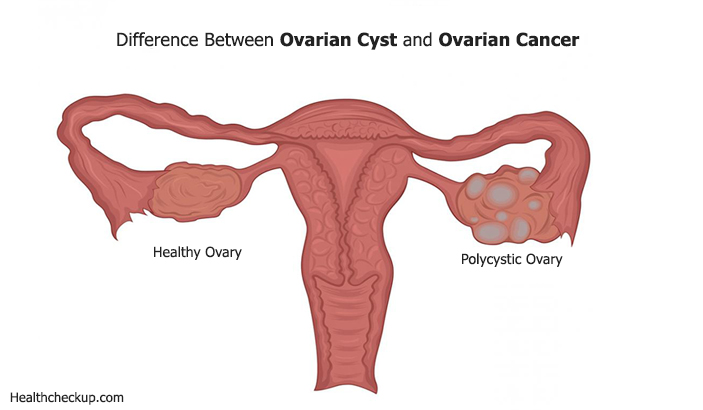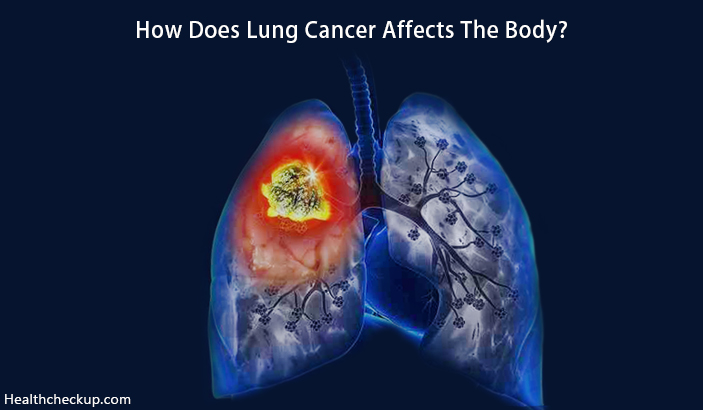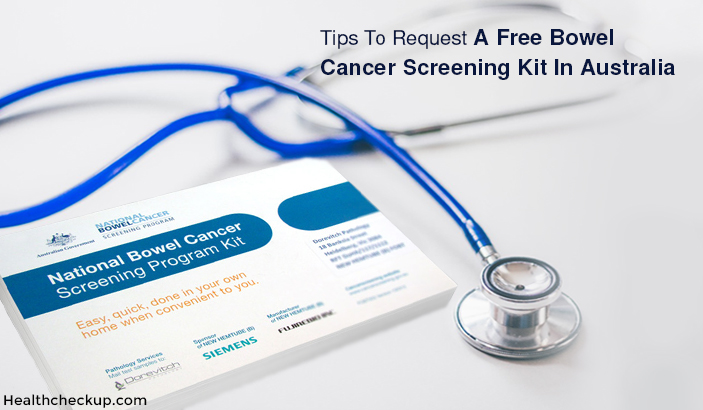Early detection of cancer can improve the chances of survival in a patient. It is important to know a few symptoms that may be associated with cancer check up: changes in bowel or bladder habits, a thickening or lump in the breast or any other part of the body, a sore that does not heal, unusual bleeding or discharge, indigestion or difficulty in swallowing, obvious change in a wart or a mole, or nagging cough or hoarseness. These symptoms are not always a sign of cancer and should be reported to a doctor immediately.
Regular medical checkups and certain self-exams can help to detect cancer early. Often, even if a person has no symptoms, a doctor can find early cancer during a physical exam or with routine tests. Discussion on family history, risk factors such as tobacco use and sun exposure, diet and nutrition, physical activity, sexual practices, and exposure to dangerous substances at work or at home should also be a part of regular checkups. The following are some tests that can help to detect cancer early.
Cancer Check Up for both Men and Women
Skin:
During regular checkups, a doctor should examine the skin for signs of skin cancer. A patient is also advised to check regularly for signs such as sores that do not heal, changes in the size, shape, or color of moles, new growths or other changes. These should be reported to the doctor immediately.
Colon and Rectum:
A yearly fecal occult blood test is advised starting from the age of 50. Cancer of the colon and rectum can cause bleeding. A fecal blood test checks for occult (hidden) blood in stools. A positive test however does not necessarily indicate that a person has cancer. In this case, the doctor will ask for more tests to help make a diagnosis.
A digital rectal exam involves the doctor inserting a gloved finger into the rectum to feel for any bumps or abnormal areas. After the age of 50, a flexible sigmoidoscopy is advised every five years, or a colonoscopy is advised every 10 years. In this exam, a thin flexible tube with light is used to look inside the rectum and colon for any abnormal areas.
Mouth:
Regular examination of the mouth by looking in the mirror can help to identify changes in the color of the lips, gums, tongue, or inner cheeks, or for cracks, sores, white patches, bleeding or swelling. Any symptom should be checked by a doctor or a dentist. Oral exams are important for people who use alcohol or tobacco products or for those who are above the age of 50.
Lungs:
Screening for lung cancer may be done in the following types of patients:
- Those from 55 to 74 years of age
- Those having at least a 30 pack-year smoking history AND are either still smoking or have quit within the last 15 years (A pack-year is the number of cigarette packs smoked each day multiplied by the number of years a person has smoked. Someone who smoked a pack of cigarettes per day for 30 years has a 30 pack-year smoking history, as does someone who smoked 2 packs a day for 15 years.)
Cancer Check Up for Men
Prostate:
Starting from the age of 50, men should talk with their healthcare providers regarding testing for prostate cancer. If you are an African American, or have a family history of prostate cancer before the age of 65, it is advised to start this discussion around the age of 45. A prostate specific antigen (PSA) test may be recommended with or without a rectal exam.
Testicles:
A testicular self-exam helps to identify cases of testicular cancers. A lump or heaviness, swelling, pain, or unusual tenderness in the testicles should be immediately brought to the notice of a doctor who will advise for additional tests.
Cancer Check Up for Women
Breast Cancer:
An important step in early detection of breast cancer is to have breasts examined regularly by a doctor or nurse. A breast-self examination can also help a woman identify abnormal look and feel of the breast and report to a doctor. A lump in the breast is not necessarily cancer, but only a doctor can make a diagnosis.
- Women ages 40 to 44 should have the choice to start annual breast cancer screening with mammograms (x-rays of the breast)
- Women age 45 to 54 should get mammograms every year
- Women 55 and older should switch to mammograms every 2 years, or can continue yearly screening
A family history of the disease, a genetic tendency, or certain other factors indicate a requirement for more detailed screenings using magnetic resonance imaging (MRIs) along with mammograms.
Cervical Cancer:
Regular pelvic exams and Pap tests help in early detection of cancer of the cervix. In a pelvic exam, the internal reproductive organs and the bladder and rectum are felt by the doctor for any change in size or shape.
In a Pap test, cells collected from the upper vagina or cervix are examined under a microscope for abnormal or cancerous growth. It is recommended that a Pap test is done in every woman, starting from age 21 through 29, every three years.
Women between the ages of 30 and 65 should have a Pap test plus an HPV test (called “co-testing”) done every 5 years.
Endometrial Cancer:
At the time of menopause, all women should be told about the risks and symptoms of endometrial cancer. Women should report any unexpected vaginal bleeding or spotting to their doctors.
Medically Reviewed By









